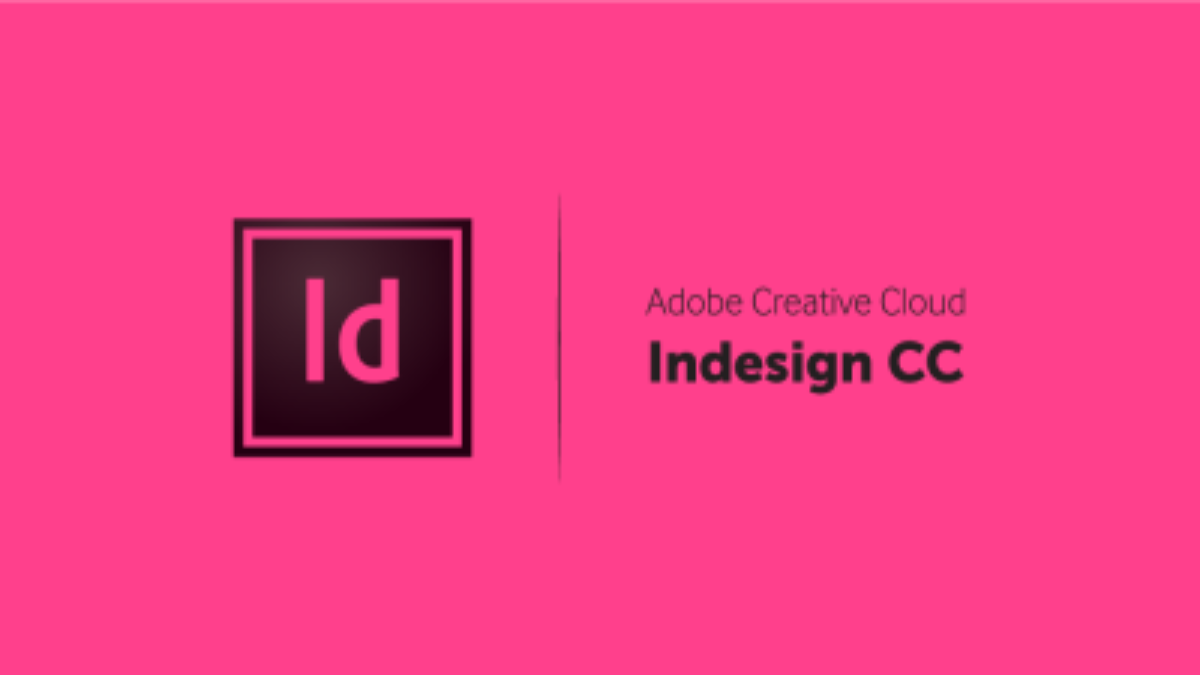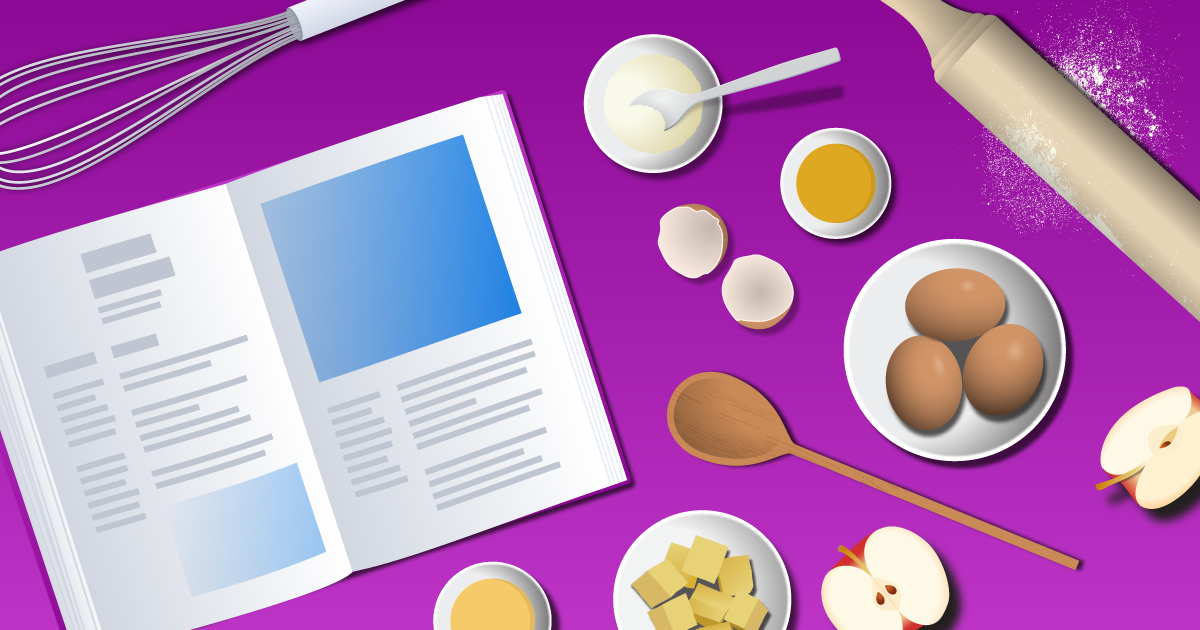Create a Cookbook: Using Recipe Templates for Print-on-Demand
As a food, health, or wellness content creator, it can be difficult to find ways to monetize your content. Your fans might love your recipe blogs or cooking instructional videos, but aside from slapping some ads on the page, you need to make money from your fans while still delighting them.
Creating a cookbook is one way to add a product your fans will love to purchase without shifting your focus away from offering amazing content. Your cookbook can be a collection of all the recipes and food preparation advice you’ve already created (like those blog posts or videos). The book simply collects that content in one easy-to-find place.
If creating a cookbook is one of the ways you’ve considered monetizing your content, this post will help you design (or find a pre-designed) recipe page template to make publishing your cookbook easier. Using a uniform template for your cookbook pages ensures consistency and will make it easier for your fans to use your cookbook (which is the whole point, right?).
Print-on-Demand Cookbook Publishing
Modern creative entrepreneurs are always looking for effective ways to create content and products while keeping costs low. Print-on-demand is the perfect way to turn your food blog into a cookbook with the minimum investment upfront.
That’s because on-demand printing means you’ll never have to pay for a print run or manage the packing and shipping of individual books. Orders are printed as they are placed and your cookbook can ship directly to your readers.
Creating a Cookbook Template
Okay, so you’ve got a lot of content about food or recipes and you’re ready to turn that content into a cookbook. Now you need to know how to make a cookbook that stands out and highlights your recipes.
Your first step will be to gather your recipes and standardize the layout. I like to use Google Docs for this, but any simple word processor will work. Include the ingredient list, preparation and cooking instructions, and any notes or additional content you’ll include with your recipe.
Here’s a simple Google Docs template I use for recipes. Feel free to make a copy of it for your own recipes. The goal is to get all the recipes you’ve created into a simple format. Once you’ve done that, you have a choice to make: design your own cookbook template or use a pre-designed template.
Designing Your Own Cookbook Template
Do you have a flair for design? If so, you might try developing your own blank recipe pages. You’ll have the necessary content because you’ve already done the work of creating recipes. The page templates are all about how you present your recipe.
You’ll want to include the following for your recipe pages:
- The recipe title
- A brief introduction or statement about the recipe
- The ingredients list
- The preparation and cooking instructions
- Servings, cook time, and other important info about the recipe
How you design your template should be informed by your overall recipe book design. Will you focus on stunning photos of the dish along with detailed instructional images? If so, your template will need to account for more space on the page dedicated to images.
Using an Existing Cookbook Template
If the prospect of designing a unique template for your recipes doesn’t appeal to you, you’re in luck! There are a ton of options for free and low-cost cookbook templates you can use.
It is important to note that cookbook page templates will usually require an advanced page layouts program like InDesign or Affinity Publisher to create your pages. While you can find templates for Word, I encourage you to avoid going that route. Word processors like MS Word and Google Docs are not designed for graphic page layouts and will create a lot of headaches if you use them.


For simple recipe pages, you can use Lulu’s free templates available on our cookbook page. These are the most basic recipe card templates you’ll find, with space for all the necessary information but little else.
Another option would be to use a site like template.net to find free cookbook templates. These designs incorporate more elements (like colors and image placement) but will require more work on your part to set up.
Template.net’s designs include some templates with a free ‘online designer’ that looks a lot like Canva. This is a great option if you want a sophisticated recipe book, but don’t have access to or know how to use complex tools like InDesign.
Using Lulu’s Cookbook Template
If you’re not interested in designing your own template and the third-party options on the web are not quite right, try one of our simple cookbook page templates.

Here is the ‘stock’ version of our template, including a chocolate chip recipe. To use this template, you’ll need design software like InDesign, but with all the elements already included, you can simply replace the Ingredients, description, and directions with your own recipes.
You can also replace the cookie image with another full-page shot of your recipe, or incorporate a few images to make a little mosaic. Here’s an example I made using this recipe template and a popular bread recipe.

I’ve taken the basic template we provide and customized it heavily to fit my recipe. Notice that I relocated the Ingredients and Directions sections—in the original template they are side-by-side, but I’ve stacked them.
That’s easy enough to do by dragging and resizing your text boxes.
Using Your Cookbook Template
Begin by testing and adjusting your cookbook template to fit your needs. If you have a lot of recipes with many ingredients, you may need to adjust the design to allow for a longer list. Before you start crafting your pages, look for the recipes with the longest ingredient list and the most instructions. These outliers will push the limits of your template, so you’ll want to be sure they work well without any additional modifications.
Once you’re satisfied with your template, you’re ready to add your recipes and design your cookbook!






